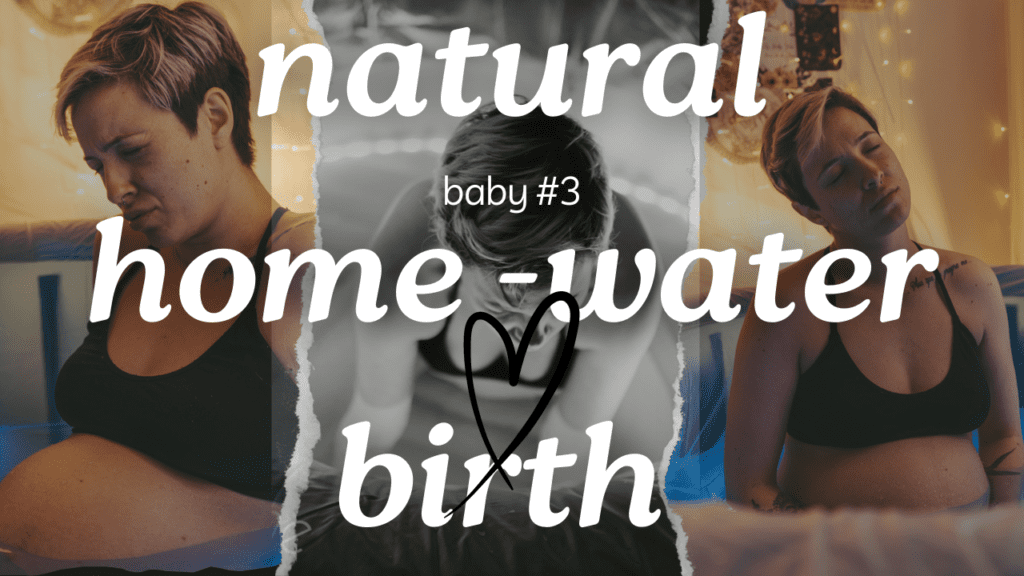navigate your postpartum journey
What to Do with Your Placenta After Birth?
Uses, Benefits, and Safety Considerations
Unlock the Potential
Embrace Natural Wonders
Explore Healing Traditions
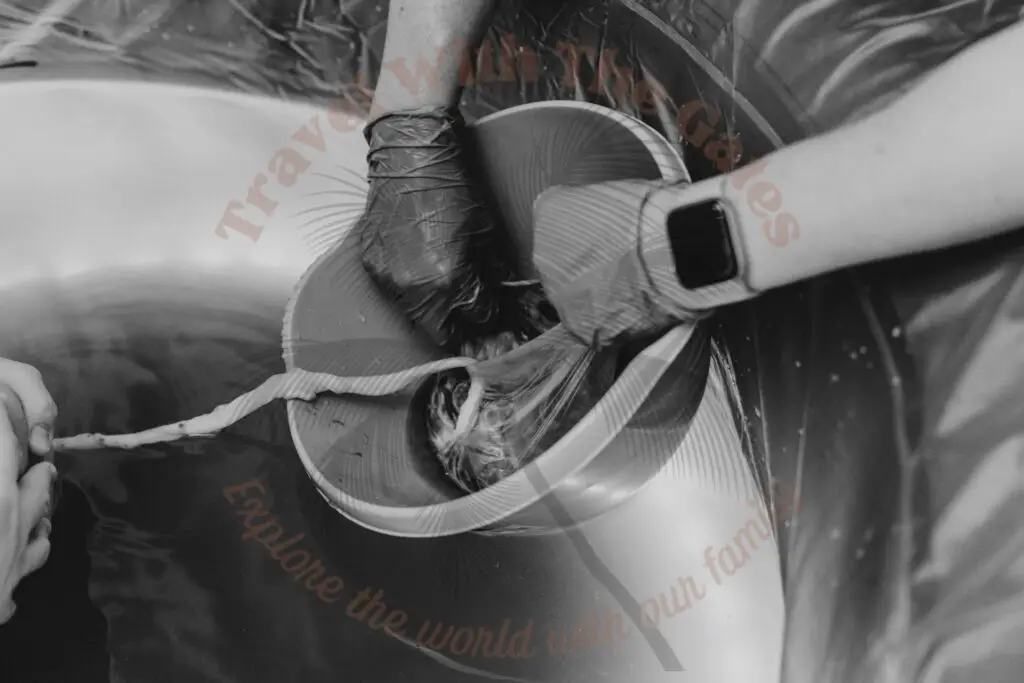
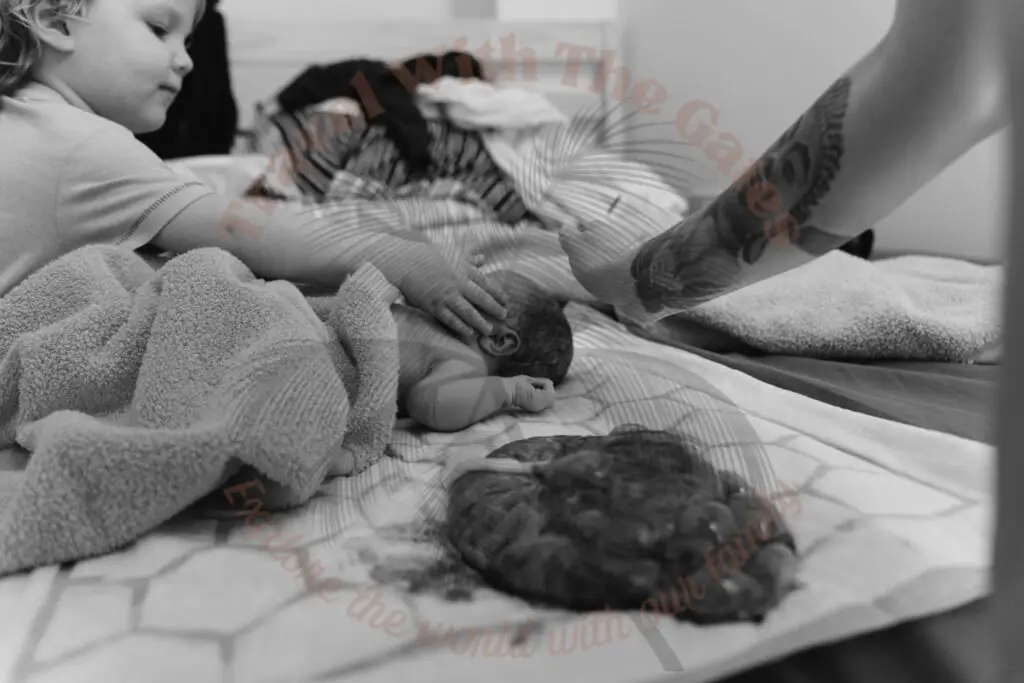
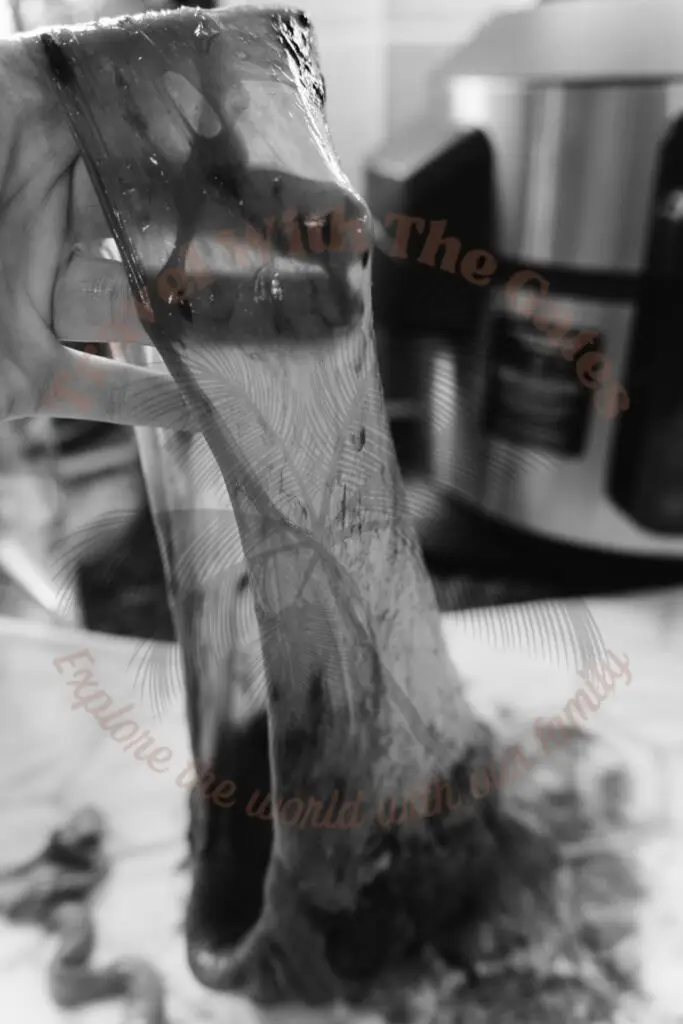
Disclaimer: Just to be clear, I’m not a medical professional, doula, or midwife. I’m a mom of three who has navigated the worlds of both hospital and home births. This blog is my way of sharing the insights and knowledge I’ve gathered along the way—things I really wish I had known earlier!
Table of Contents
Introduction
Welcome to a journey through one of pregnancy’s most underrated stars: the placenta! Often overshadowed by its more famous counterpart—the baby—it plays a crucial backstage role during and after birth. My experiences range from the clinical precision of hospitals to the intimate setting of home births, accompanied by both the remarkable support of midwives and less supportive encounters. While I deeply respect and value the medical expertise available, especially in emergencies, I also cherish the natural process of childbirth, believing that in many cases, our bodies know best how to bring new life into the world without excessive intervention. This blog aims to explore the placenta’s role in this natural miracle and the empowered choices parents can make post-birth, aligning with personal beliefs and circumstances.
Read about my personal experience with the placenta during my home birth here.
Understanding the Role of the Placenta in Labour and Beyond
The placenta might just be the most impressive organ that you only have temporarily. It develops wherever the embryo plants itself in the uterus, forming a unique connection that will support the baby throughout pregnancy. This organ is a powerhouse—acting as a lung, kidney, and digestive system all rolled into one. It filters nutrients, gases, and wastes between mother and baby, mediated by the intimate contact of maternal and fetal blood. While the blood cells from mother and baby never actually mix directly, their essential elements pass through the placenta, which acts as a selective barrier.
This selective barrier is crucial for both protecting the baby and supporting its growth. Interestingly, although the blood cells don’t mix, small fragments of the baby’s DNA—known as cell-free fetal DNA (cffDNA)—can be found in the mother’s bloodstream. These fragments pass from the fetal side of the placenta into the maternal blood, allowing doctors to conduct genetic screenings through non-invasive prenatal tests (NIPT) that require only a sample of the mother’s blood. This remarkable process ensures that doctors can monitor the baby’s health and development without direct access to the fetus, showcasing just one of the many vital roles the placenta plays during pregnancy.
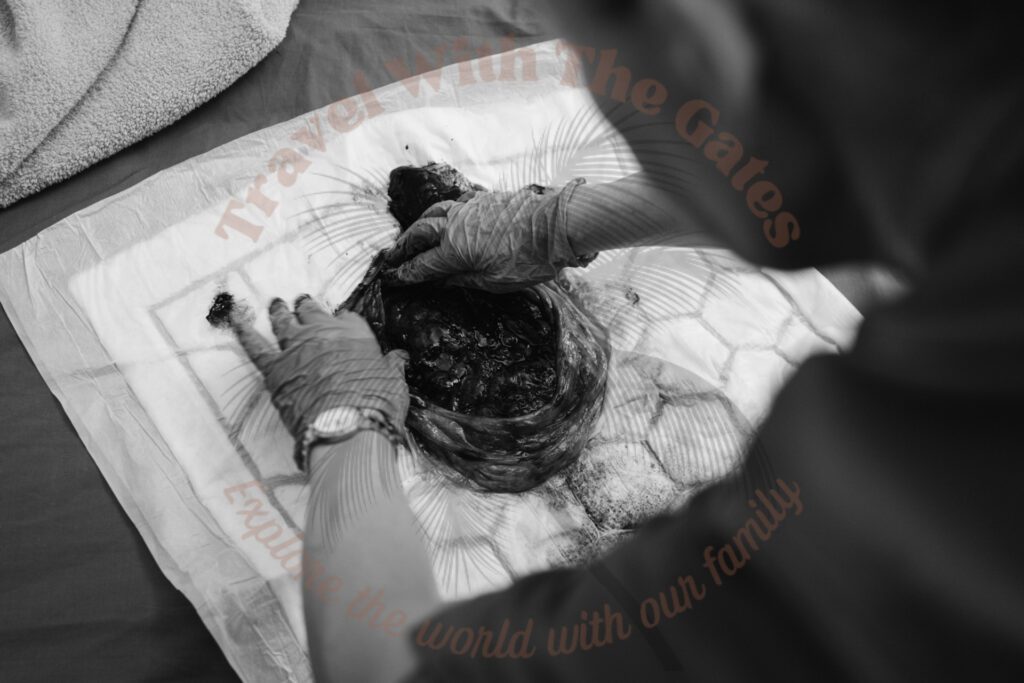
What Happens to the Placenta Once the Baby is Born?
Now, what happens after that final push? The third stage of labour—the part that comes after the baby has made their grand entrance—is all about delivering the placenta. Whether you’re under the spell of your newborn’s first gaze or still in the grips of labour, the work isn’t quite over. This stage can be actively managed with medications to help the uterus contract and expel the placenta, reducing the risk of hemorrhage. Or, it can proceed naturally, where the placenta detaches itself and is expelled without much assistance.
In both scenarios, the integrity of the placenta is crucial. Midwives and doctors inspect it to ensure it’s whole, which helps prevent complications like retained placental fragments that could cause postpartum problems. As someone who values the natural order and inherent wisdom of our bodies, understanding these details about the placenta’s journey post-birth is not only fascinating but also crucial for ensuring health and recovery. It’s a testament to the body’s capability to manage childbirth, often with little need for intervention, supporting the belief that in many cases, nature is well-equipped to take its course.
Cultural and Personal Choices
The Cultural Significance of Eating My Placenta
Placentophagy, or the practice of consuming one’s placenta, has roots in various cultures worldwide and has seen a resurgence in some modern parenting circles. Many advocates believe that eating the placenta can help mitigate postpartum depression, restore energy levels, and balance hormones. From my own experience, after our first hospital birth, we decided to encapsulate the placenta, have a tincture made, and I even tried a placenta smoothie. These methods seemed like a bridge between honoring traditional wisdom and leveraging modern health practices, aiming to reclaim some of the natural aspects of childbirth that can feel lost in more clinical settings.
Innovative and Traditional Uses of Placental Tissue at Home
Beyond eating the placenta, many families find creative and meaningful ways to honor this life-sustaining organ. After our second and third births, which were at home, we explored different ways to cherish this unique connection. For our third birth, we created a placenta print together with our boys, a vivid and artistic celebration of the life that the placenta supported, resembling the beautiful ‘tree of life.’ Additionally, for each child, we kept a piece of the dried umbilical cord as a keepsake, symbolizing the physical and once vital connection between mother and baby.
These personal experiences highlight how each family can find their own path to acknowledge the placenta’s role. Whether through nutritional reuse, artistic expression, or as a keepsake, these practices not only provide physical tokens of the birth but also help in processing and celebrating the profound journey of bringing a new life into the world.
How to Take Your Placenta Home
After the joy of giving birth, some parents choose to take their placenta home for personal use, whether for encapsulation, creating keepsakes, or other rituals. Here’s how you can safely take your placenta home:
- Discuss with Your Healthcare Provider: Early in your pregnancy, mention your intention to keep your placenta to your healthcare provider. This ensures everyone involved in your care is aware and can advise you on hospital policies.
- Hospital Policy: Every hospital has its own policies regarding placental release. Some may require you to sign a release form or provide specific instructions on how it needs to be transported.
- Safe Transportation: If you’re cleared to take your placenta home, ensure you have a sterile, leak-proof container and keep it cool, ideally in a cooler with ice packs, especially if there’s a delay in its use.
This process allows parents to honor the placenta as a significant part of their child’s birth and can be a deeply personal and fulfilling experience.
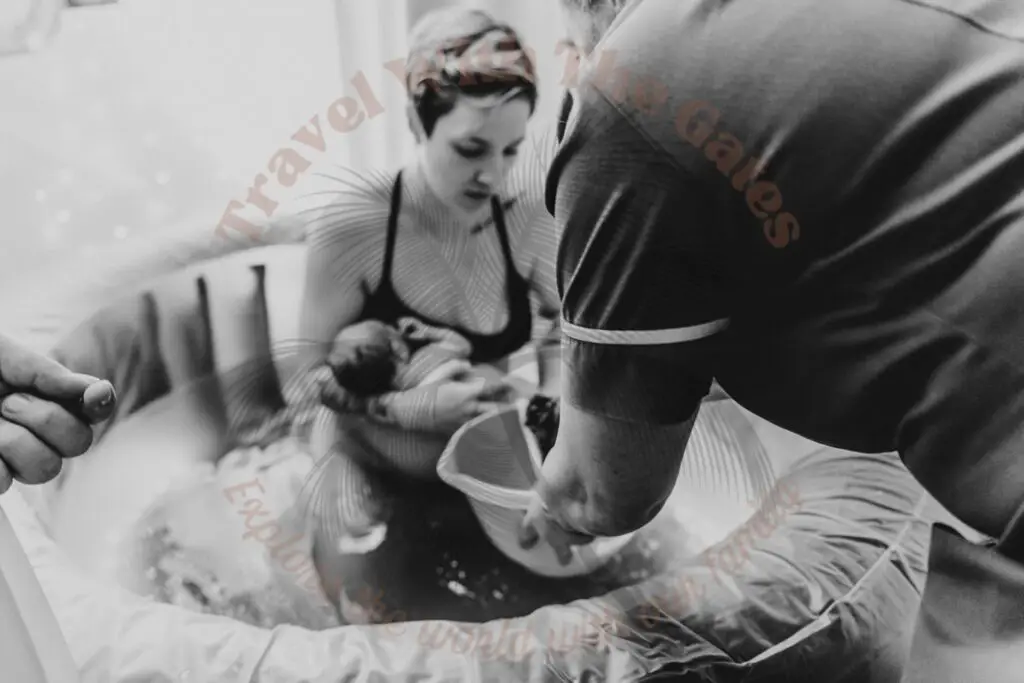
What Can Go Wrong with the Placenta?
The placenta plays a crucial role during pregnancy, but complications can arise that may affect both the mother and baby:
- Placenta Previa: This occurs when the placenta covers the cervix, potentially causing severe bleeding during pregnancy and delivery. It requires careful monitoring and possibly a caesarean section.
- Placental Abruption: This serious condition happens when the placenta detaches from the uterus wall before birth, which can deprive the baby of oxygen and nutrients and cause heavy bleeding in the mother.
- Placenta Accreta: In this case, the placenta attaches too deeply into the uterine wall and doesn’t detach after birth, which can lead to severe bleeding during attempts to remove it.
Understanding these complications is vital for expecting parents to be informed about potential risks and the importance of regular prenatal care to monitor the health of both mother and placenta.
Modern Medical Practices and Safety
The Comprehensive Guide to Placental Encapsulation

When I first heard about placental encapsulation, it sounded a bit like something out of a science fiction novel. But after doing my research and deciding to try it following our first hospital birth, I found it to be a surprisingly simple and beneficial experience. The process involves drying the placenta, grinding it into powder, and then encapsulating it for easy consumption. Many moms, myself included, feel it helped boost energy levels, lessen the blues, and support milk production. It felt like a natural way to help my body recover from the whirlwind of childbirth.
Complications and Considerations in Placental Disposal
Deciding what to do with the placenta after birth can feel a bit daunting, especially with all the hospital protocols and safety measures. If you’re not planning on taking it home, it typically gets handled as medical waste, which, let’s be honest, sounds rather cold for something so integral to your baby’s early life. If you do want to keep it, whether for encapsulation, making a print, or even just as a keepsake, it’s really important to plan ahead. Make sure you know how to store it safely until you can get it processed, and always use sterile equipment to avoid any risk of contamination. Balancing the deep personal significance with these practical safety steps can make all the difference in honoring this amazing part of your birth experience safely.
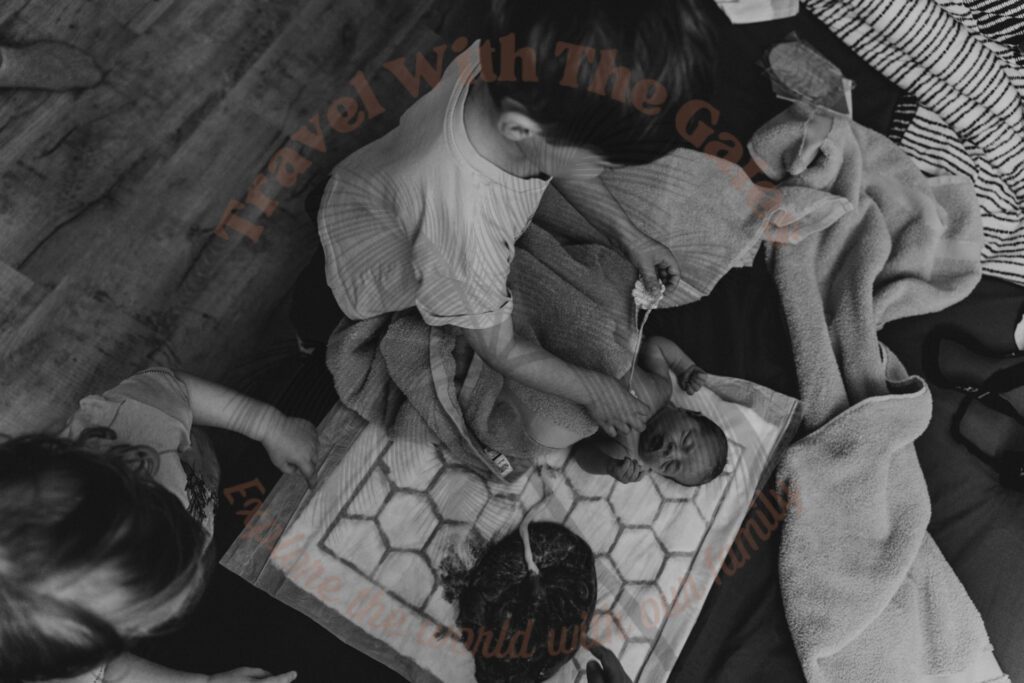
Contributing to Science and Community
How and Why to Donate Your Placenta
While I have chosen to utilize the placenta in personal ways that resonate with my family’s needs, it’s important to know that placenta donation is another option available. Donating your placenta can significantly advance medical research and treatments, particularly in studies related to pregnancy, childbirth, and even regenerative medicine.
How to Find Placenta Donation Programs:
- Hospital Programs: Many hospitals around the world partner with research institutions and universities to collect placenta donations for medical research. Check with the maternity or pathology department at your local hospital to see if they have a donation program.
- Research Institutions: Academic and research institutions often need placenta tissues for studies. Contacting local universities with biomedical research programs can provide opportunities for donation.
- Biobanks and Tissue Banks: These organizations specialize in collecting and preserving biological materials for medical research. Searching for biobanks or tissue banks in your area can lead you to specific programs that accept placenta donations.
Important Considerations:
If you are considering donating your placenta, it is crucial to do thorough research and make sure you are completely comfortable with the process. Remember, the postpartum period is a deeply vulnerable time. Trust your instincts and ensure that you are not pressured into making a decision. Make sure any program you choose to donate to is reputable, and understand exactly how your donation will be used.
Placental Research: What We’re Learning from Placental Tissue
Scientific exploration of the placenta offers incredible insights into its functions and its impact on both maternal and fetal health. For instance, researchers have discovered that the placenta acts as a critical barrier, filtering harmful substances while facilitating the transfer of nutrients. The detection of microplastics in placental tissue highlights its filtering role and raises concerns about environmental toxins’ effects on fetal development.
By supporting or participating in placental research, we contribute to a body of knowledge that could revolutionize our understanding of human health from its earliest stages. Whether or not you choose to donate your placenta, being aware of its scientific value helps appreciate the profound impact of this often-overlooked organ.
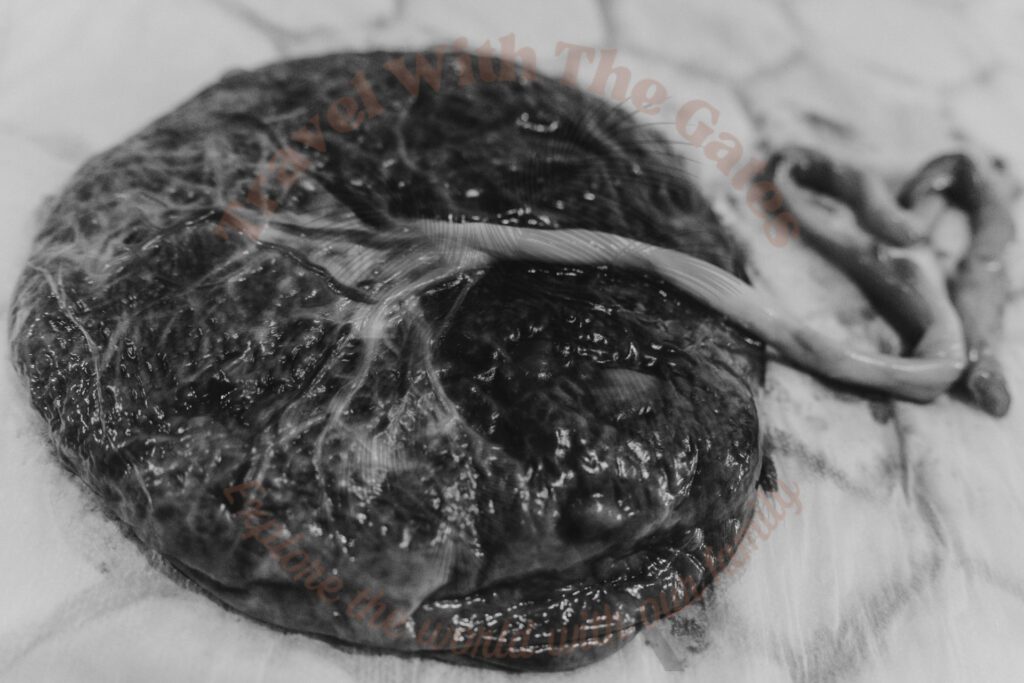
Celebrating the Placenta’s Journey and Legacy
Reflecting on the journey of learning about and deciding what to do with the placenta post-birth has indeed been quite the adventure, hasn’t it? From exploring ancient rituals to understanding modern medical practices, and even contributing to groundbreaking scientific research—it’s clear that the placenta is more than just a temporary organ. It’s a symbol of life, a source of nourishment, and a bridge to future medical advancements.
Key Takeaways
- The placenta plays a vital role during pregnancy, supporting the baby with nutrients and acting as a gatekeeper against toxins.
- Options for handling the placenta post-birth vary widely, from traditional practices like burial and consumption to modern medical uses like encapsulation.
- Safety is paramount when considering keeping or using your placenta, requiring careful planning and hygiene.
- Donating your placenta can provide valuable resources for medical research, helping to improve maternal and child health care.
My Personal Reflections
As a mother who has experienced the benefits and beauty of utilizing the placenta in various ways—from consumption that helped me postpartum to creating keepsakes and even sharing its wonder with my boys—I’m truly in awe of what the placenta offers. It’s not just about what the placenta can do medically or scientifically; it’s also about the deep, almost sacred connection it fosters. By choosing to use the placenta in a way that resonates with our family values, we’ve been able to embrace its full potential. I encourage all moms-to-be to consider how they might want to honor this incredible organ, whether for health benefits, spiritual significance, or educational purposes. Let’s make these choices not taboos but celebrated parts of our life stories, teaching the next generation to respect and appreciate the natural wonders of childbirth.
I’d love to hear about your experiences and thoughts on placenta use! Did you choose to encapsulate, donate, or perhaps create something beautiful to remember it by? Share your stories in the comments below and let’s keep the conversation going about this incredible organ and our responsibilities toward future generations.

Let’s connect!
Find us on Instagram and join our fam!





